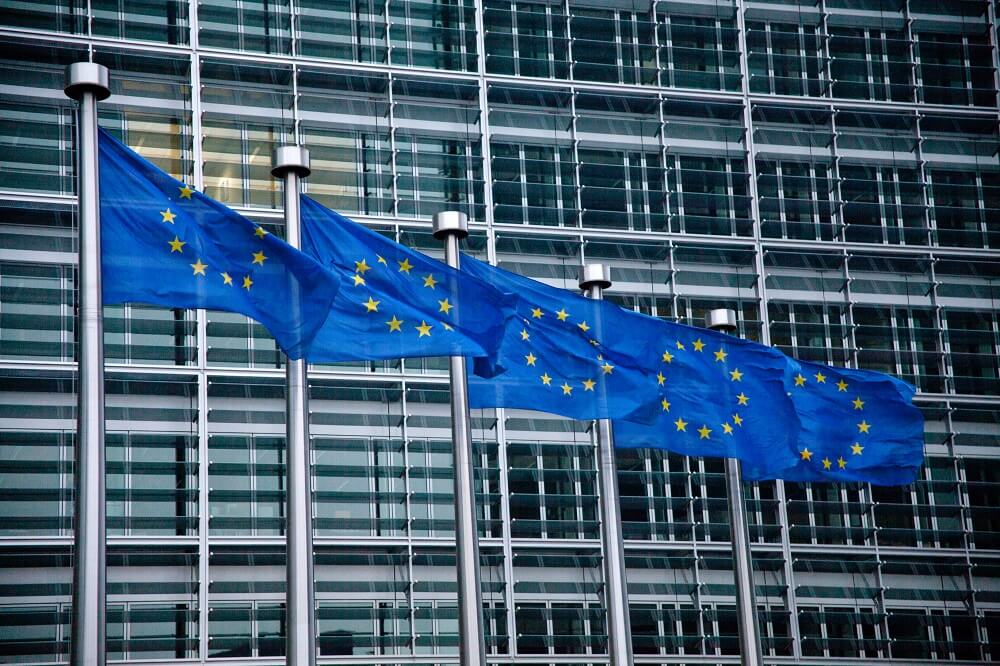
EUTM reforms: Phase Two Implementation
Whilst substantial changes were made to the EUTM system in March 2016, several significant changes were held back and only came into force on 1 October 2017.
There are now three pieces of legislation we need to be aware of when dealing with EUTMs. In addition to the primary legislation (the EUTM Regulation – (EU) No 2017/1001) there are now two secondary pieces of legislation: the Implementing Regulation (EU) No 2017/1431; and a Delegated Regulation (EU) No 2017/1430.
The main changes introduced as of 1 October 2017 can be summarised as follows:
- The introduction of EU-wide certification marks
Certification marks act as a guarantee that goods and/or services provided under that mark are of a particular standard or are to a certain specification. A certification mark cannot be used by the registered owner. The owner acts as (or must appoint) an independent body verifying whether the goods and/or services carrying the mark meet the requirements set out by the certification mark.
Certification marks already exist in the UK and a number of other European countries but there is now a Union-wide right for the first time.
Within two months of filing the application, the applicant must submit regulations governing the use of the EU certification mark. The Implementing Regulation sets out the minimum requirements that the regulations should cover. The EUIPO fees for filing an EU certification mark are significantly higher than for ordinary trade marks (EUR 1,500 as opposed to EUR 850 for a single class e-filing).
- Graphical representation of a mark is no longer required
This change means that a wider range of trade marks can be applied for. A mark can be represented in any appropriate way using generally available technology, such as using MP3 and MP4 files to represent sound or multimedia marks. While the mark does not have to be capable of graphic representation, to be acceptable the representation of the mark must be clear, precise, self-contained, easily accessible, intelligible, durable and objective.
- Procedural changes
A number of procedural changes came into force on 1 October 2017. Many of the changes codify previous practice or streamline the existing operations of the EUTM system. Some examples of the procedural changes being introduced include:
Paris Convention priority can only be claimed at the time an application is filed, not later. Priority claims won’t be examined by the EUIPO.
Evidence submitted to the EUIPO must now meet formal requirements regarding the structure and format prescribed by the Office.
Translation requirements have been simplified. Evidence only needs to be translated into the language of the EUIPO proceedings where requested by the EUIPO. Any requirement to do so can also be limited to relevant parts of the document only. Other parties to the proceedings may also submit a request for evidence to be translated.
Online substantiation of earlier rights in cases of oppositions and cancellations is now possible in certain cases from sources recognised by the Office. These sources include TMview and EU IP Office databases.
Acquired distinctiveness can be a subsidiary claim (this claim can be made either at the time of filing or later). This allows the applicant to wait until a final decision is made on inherent distinctiveness before claiming acquired distinctiveness and having to provide proof of it.
Geographic indications can be used as a ground for opposition and cancellation.
There are some transitional provisions to deal with pending proceedings and on-going applications which need to be checked against to ensure that the correct rules are being followed – but these changes should lead to a better and more efficient EUTM system.








